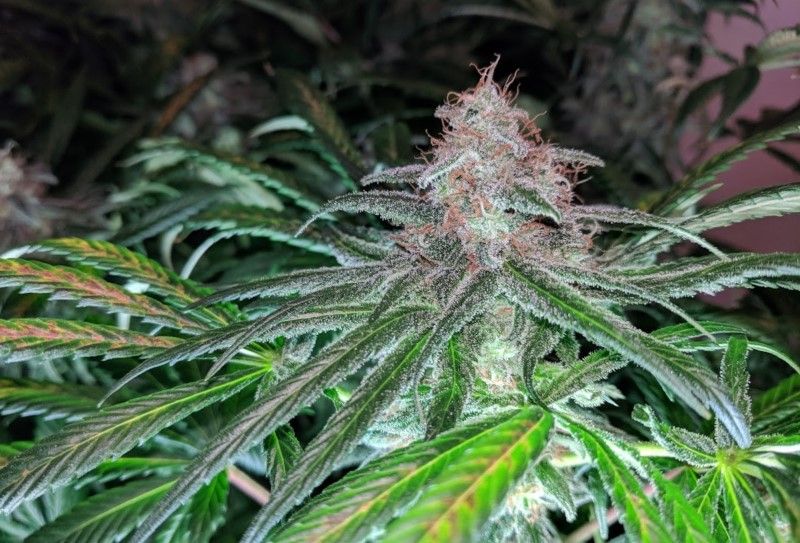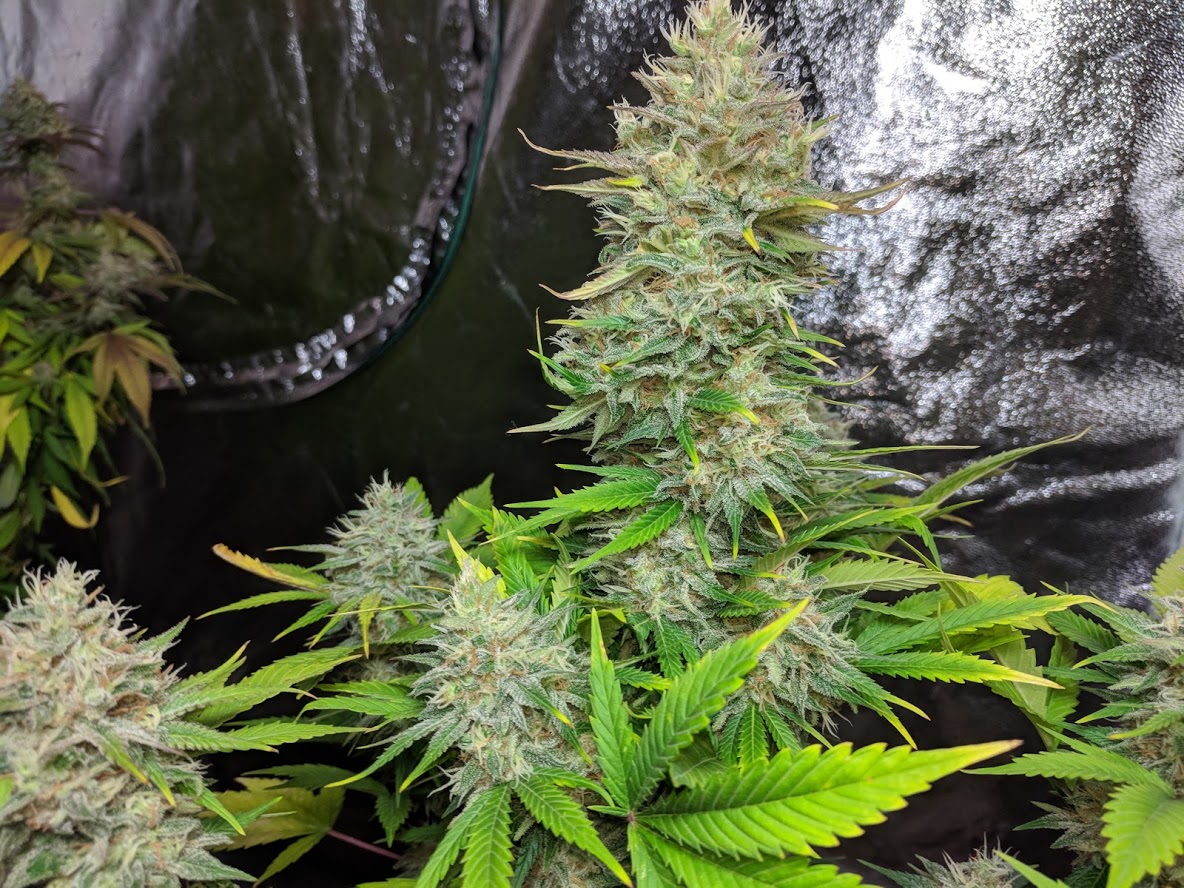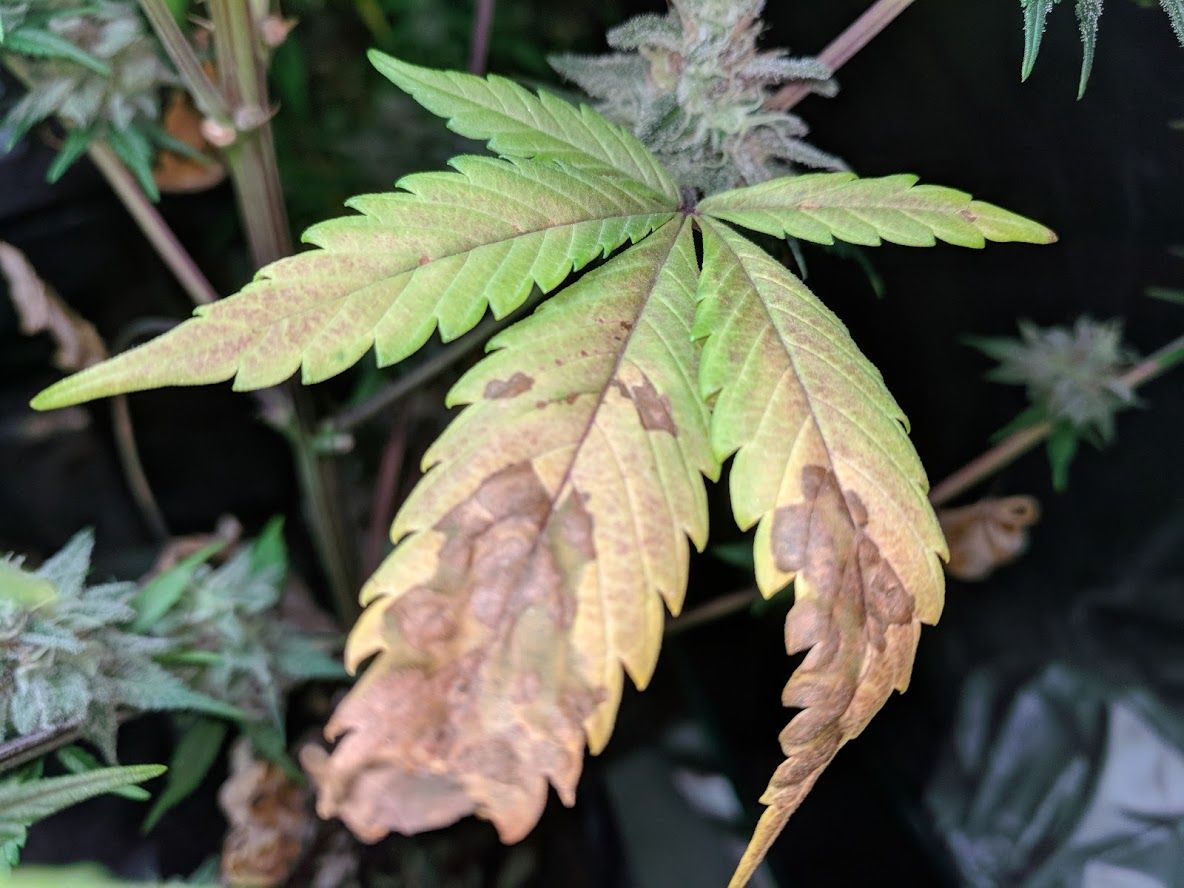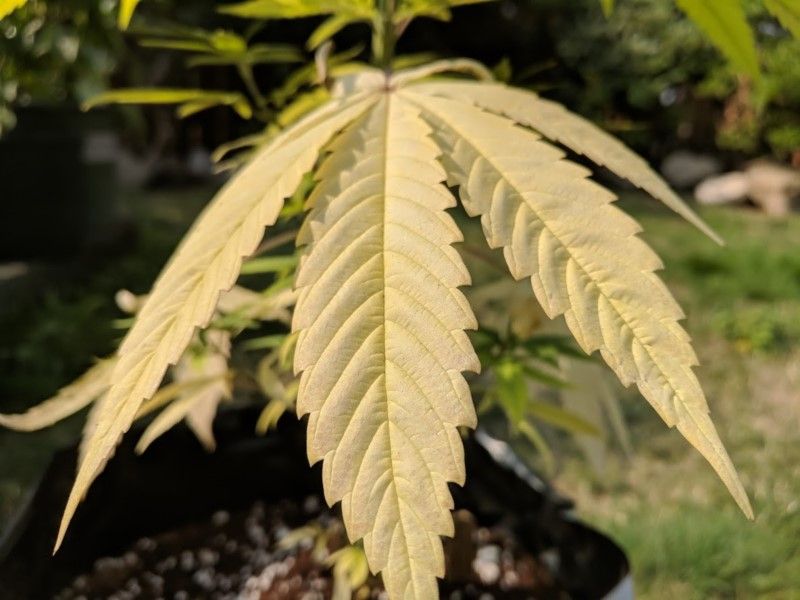Neem oil is impressive stuff, and in this article, we’ll teach you how to mix the perfect solution for almost all cannabis pest problems. Neem oil won’t completely get rid of your pests, and you shouldn’t believe anyone who tells you their solution will. What neem oil will do is help you keep the pest population’s impact to a minimum without harming the beneficial organisms. That way, you can keep a balanced ecosystem in your farm.
What is neem oil?
Neem oil is derived from the Neem tree. It has been used in India for centuries and has become the de-facto treatment for organic farmers all over the world. Made by pressing the oil out of the seeds and fruits of the Neem tree, this stuff is a pure vegetable oil that has all the advantage of the tree’s natural pest resistance.
What does neem oil treat?
Neem oil can impact a wide variety of pests, over 400 different insect varieties as well as most fungus. The best part is, it protects against the neem tree’s natural enemies but doesn’t seem to harm more beneficial organisms!
Protects Against Pests
- Spider Mites
- White Flies
- Aphids
- Thrips
- Fungus, Molds & Mildews
- Caterpillars & Moth larvae
- Snails & slugs
Doesn’t Harm Beneficial Organisms
- Ladybugs
- Bees
- Butterflies
- Earthworms
- Birds
- Mammals
- You
How does neem oil work?
Neem oil doesn’t directly kill pests, like most chemical-based pesticides. Instead, applying it creates a hostile environment for reproduction and depletes the population over time. The oil enters the insects and interferes with insects reproductive system and the oily coating on the leaves impacts egg viability. The whole environment becomes toxic to the pests, and after a few generations of low birth rates, the population collapses.

How long does it take to work?
You should start seeing improvements after the first application, but it generally takes several applications over a few weeks to get the problem completely under control.
Will neem oil completely get rid of my pests?
No. These pests have evolved over millennia to be diverse and resistant. The most costly and caustic commercial chemical treatments won’t completely eradicate a pest and neither will neem oil. If it can’t safely be done, then maybe complete eradication shouldn’t be the goal of a pest treatment, but instead, we should strive for achieving a balance.
Neem oil won’t completely get rid of your pests, and you shouldn’t believe anyone who tells you their solution will. What neem oil will do is help you keep the pest populations impact to a minimum without harming the beneficial organisms. That way, you can keep a balanced ecosystem in your farm.
How do you use neem oil?
Neem oil is typically applied as a topical foliar spray that is a mixture of warm water, oil, and soap as an emulsifier. Coating as much of the surface as possible is essential. For mites and other insects, it is doubly important to cover the underside of the leaf, since that’s where they hang out. It’s almost impossible for them to attach an egg sac to the oily surface.
You can apply any time of day, but I like to apply just before light out so that the oil can sit on the leaves longer.
How often do you use neem oil?
Spraying your plant once a week is a great way to prevent pests. If you have an active pest problem, you should spray once every other day until the population is under control.
How do you make a neem oil spray?
What you need
5ml Neem Oil: – I use pure, cold-pressed oil.
2.5ml Soap: Oil and water don’t mix, so you need soap to bind the spray together. I use Dr. Bronner’s mint soap since it’s organic and the strong mint brings its own beneficial anti-pest properties. Any liquid dish soap will work as an emulsifier.
1 Liter Hot Water: You will need to keep the spray warm while using since the solution will separate as it cools.
1 Liter Spray Bottle: Any clean spray bottle will work.
These ratios are for pure, cold-pressed neem oil, Consult your neem oil label for exact proportions for your product.
Step 1: Warm the neem oil
Neem oil is so thick that it’s almost solid at room temperature so you will need to warm it before use. Run hot water over the sealed container or put in a bucket of hot water until it is warm enough to pour.
Step 2: Mix together
Fill the spray bottle with hot water and, once the neem oil is pourable, add neem oil and soap, Replace the spray bottle lid and shake vigorously for a full minute.
Step 3: Apply
Spray all surfaces of the plant until they are dripping with oil. Pay special attention to the undersides of leaves and at the base of the stems.

Is there something stronger?
If the infestation is particularly severe or you want to take a more aggressive approach, there are very effective ‘kill-on-contact’ organic solutions out there. These are generally made with a combination of neem, rosemary, mint, and other oils. We recommend that you only use products that are specifically formulated and tested on cannabis, as we’ve documented some bad results with commercial household organic solutions.
We have had success with Bonide Mite-X spray treatment. It’s an organic solution made of botanical cottonseed, clove, and garlic extracts and works like a broad-spectrum pesticide that eliminates a wide range of insects including spider mites, aphids thrips, broad mites, russet mites, and whiteflies. Unlike with neem oil alone, spider mites die on contact. Eggs are suffocated within 12-24 hours.
We recommend you check out this list of products to find the best organic solution for your garden.
Can I get a premade spray?
If you want to buy something, you can bet that someone wants to sell it to you, and this is no exception. There are some good organic solutions, but they can be a bit more costly than mixing your own.
Where can I get neem oil?
We recommend Dyna Gro’s pure, cold-pressed oil, but any cold-pressed neem oil with work great. You can find neem oil at your local gardening center or online.




